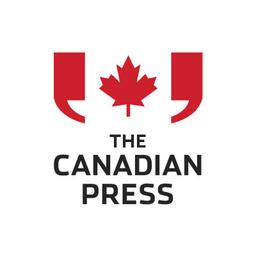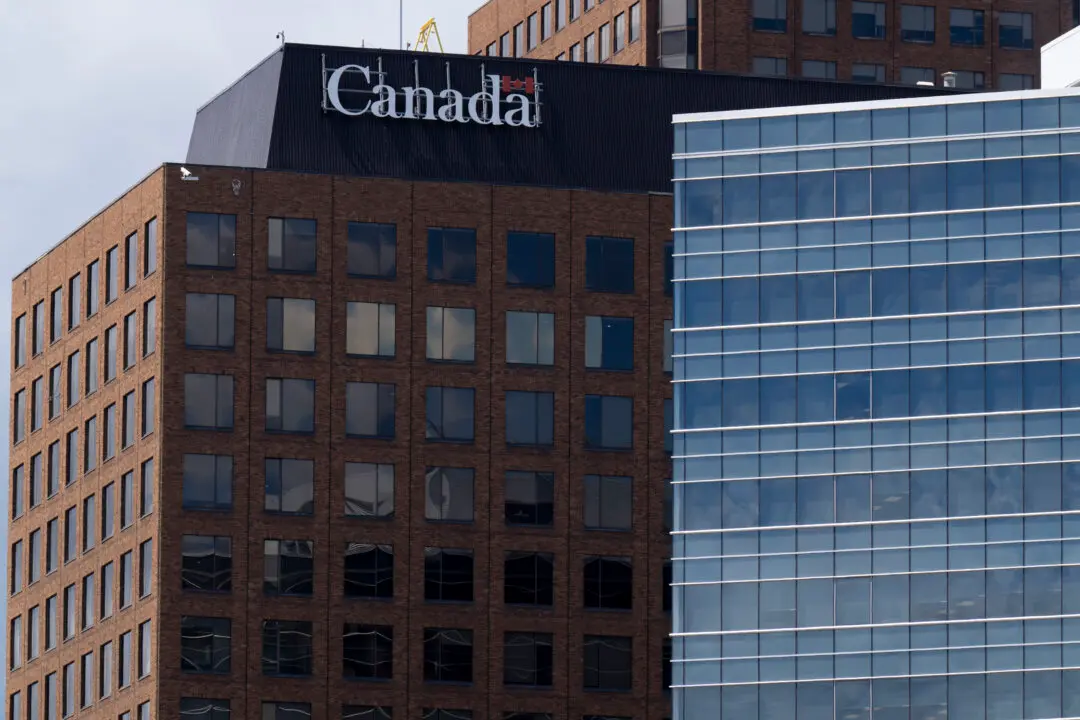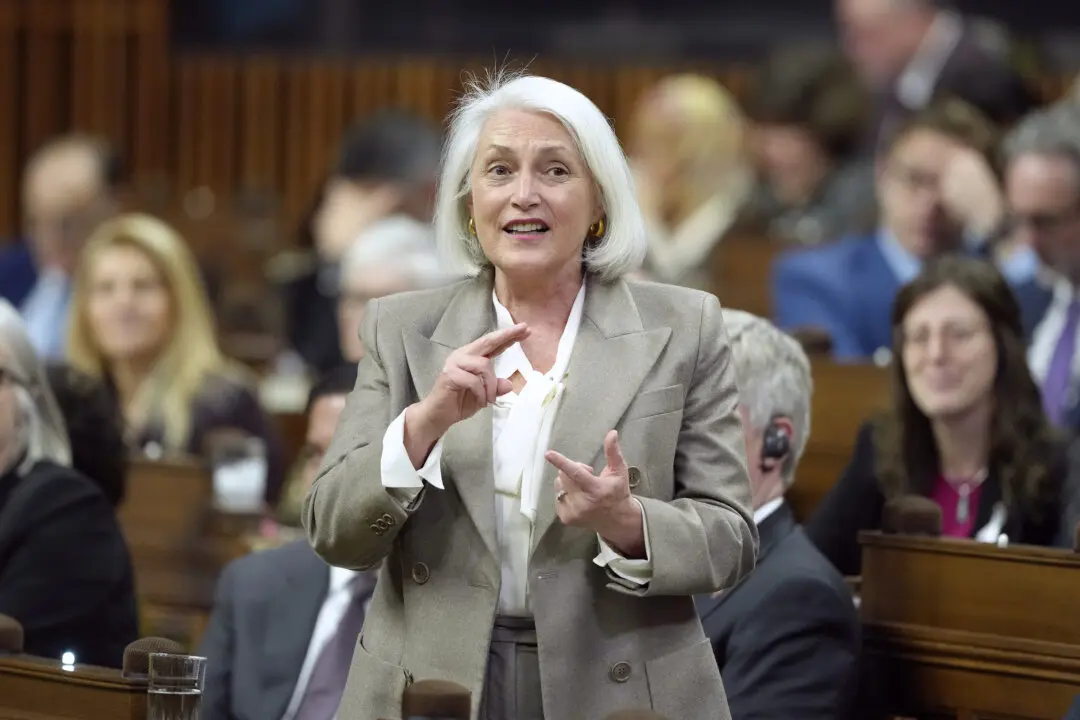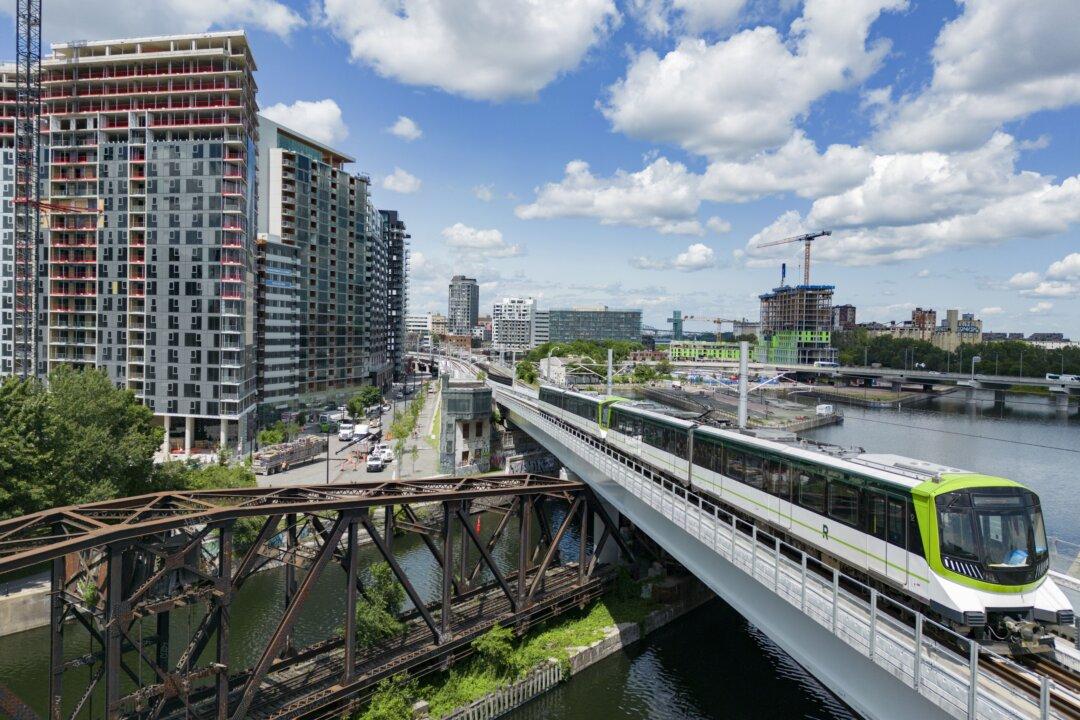Jamie Coutts’ harrowing experiences in Alberta five years ago are serving him well as he helps battle wildfires that have devastated entire neighbourhoods in Fort McMurray.
The fire chief from Slave Lake, about 250 kilometres northwest of Edmonton, fought so-called “wildland-urban interface” blazes as they ravaged his community in 2011.
They start in the bush before spreading into populated areas, requiring a particular approach if they are to be extinguished.
Coutts’ 10-person fire crew spent much of Wednesday, May 4, protecting homes, buildings, and other infrastructure in Fort McMurray by clearing grass and trees away from houses adjacent to the devastation zone.
He said it’s critical to douse charred homes and structures, known as “hot spots,” in order to ensure embers don’t get pushed by the wind into houses initially saved from the flames.
“We came in [Tuesday] before the fire blew out of control,” Coutts said in an interview during a short break from battling the blaze.
“We brought a sprinkler trailer from [Slave Lake] and we just happened to be here when things got tough, so they asked us to stay.”
As wildfires move from isolated forests into communities, everything changes.
In the forest, a fire is fed by trees, grass, and undergrowth. When the flames reach an urban centre they are instead fuelled by cars, homes, decks, and fences, which are far more toxic and catch fire more quickly.





